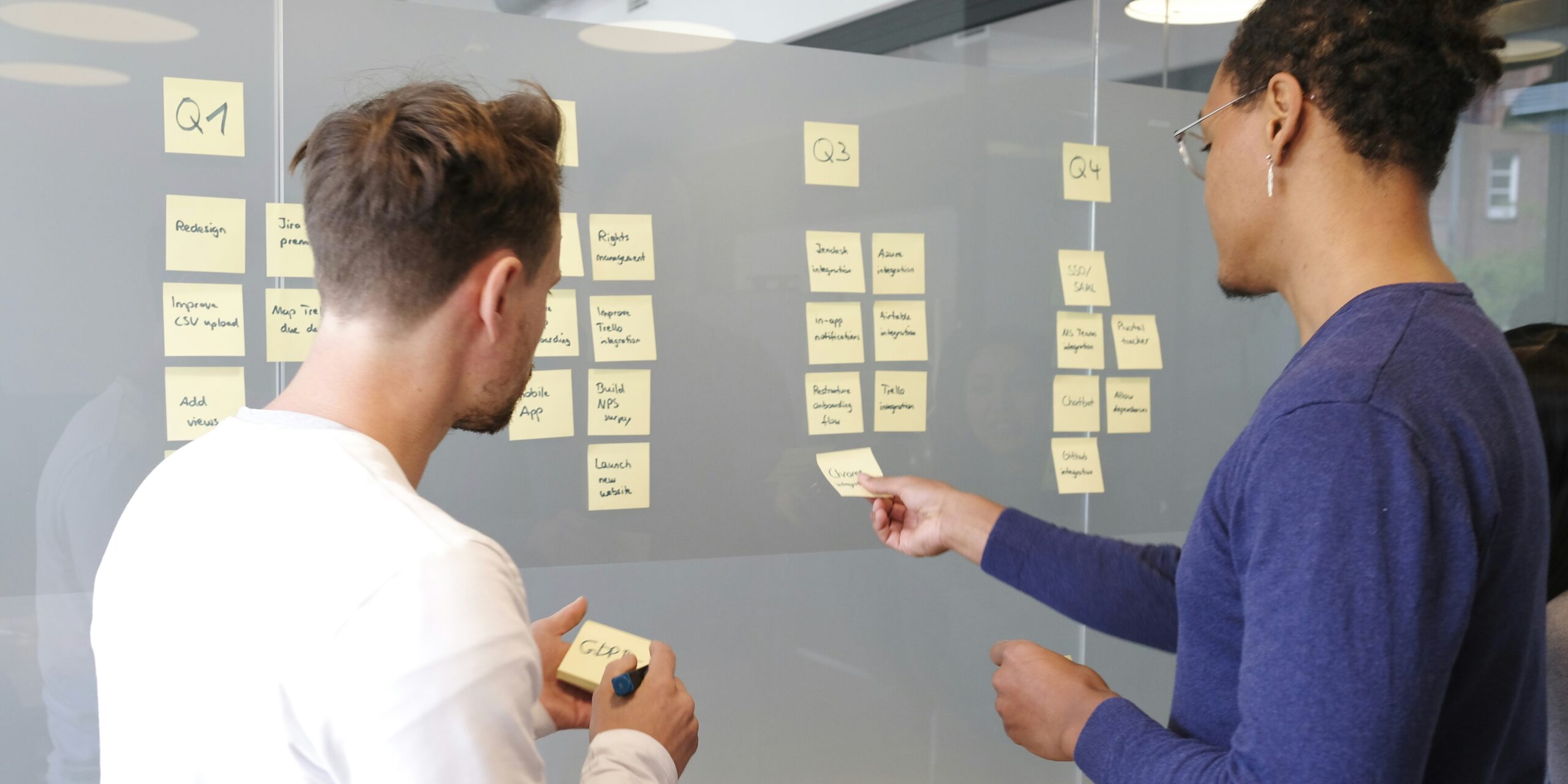Imagine if you could streamline your organization’s learning and development strategy by taking a top down approach, just like the way a master chef designs a menu or a brilliant architect draws up a blueprint for a breathtaking building. By implementing a top down approach to learning and development, you’ll not only enhance the efficiency and effectiveness of your L&D initiatives, but also empower your employees to reach their full potential. In today’s competitive business landscape, it’s more important than ever to invest in the professional development of your team to stay ahead of the game.
But what exactly is a top down approach to learning and development? It’s a strategic method that starts with the organization’s broader goals and objectives, and then works its way down to individual learning plans for each employee. This approach fosters a culture of continuous improvement and drives alignment between individual and organizational success. Let’s dive into some of the key aspects of adopting a top down approach to L&D:
1. Start with the big picture
“In our organization, we always begin with the end in mind,” says a seasoned L&D professional from a Fortune 500 company. By clearly defining your company’s overall objectives and how L&D initiatives align with those goals, you can create a focused and impactful learning program. This might involve identifying the critical skills and competencies needed to achieve strategic goals, and then developing targeted learning interventions to address those needs.
2. Involve leadership and management
It’s crucial to have buy-in and support from your organization’s leadership and management teams. Engaging these stakeholders in the design and implementation of learning programs can help ensure alignment with organizational goals and drive overall success. A common refrain among L&D professionals is, “When our leaders are involved and invested in learning, it trickles down to the entire team.”
3. Customize learning paths for each employee
Once you’ve established an overall learning strategy, it’s essential to create customized learning plans for each employee that align with both individual and organizational goals. Personalized learning paths empower employees to take ownership of their development, while also ensuring that their efforts contribute to the company’s success. For example, a sales team member may need to focus on improving their negotiation skills, while a customer service representative may require training in conflict resolution.
4. Track progress and measure impact
A top down approach to learning and development also demands regular tracking of employee progress and measuring the impact of L&D initiatives. This can be achieved through a combination of assessments, surveys, and key performance indicators (KPIs). By continually evaluating the effectiveness of your learning programs, you can make data-driven decisions to optimize and improve your L&D strategy.
Revolutionize your L&D with Learnexus
At Learnexus, we understand that finding the right talent for your L&D needs can be a daunting task. That’s why we’ve created a marketplace specifically designed for companies like yours to easily and quickly find and hire the best freelancers with highly specific skills and experience in Learning & Development. Our platform offers a 47% cost saving and saves managers time by eliminating procurement issues with a single master services agreement. Ready to take your organization’s learning and development to new heights? Discover Learnexus today.




